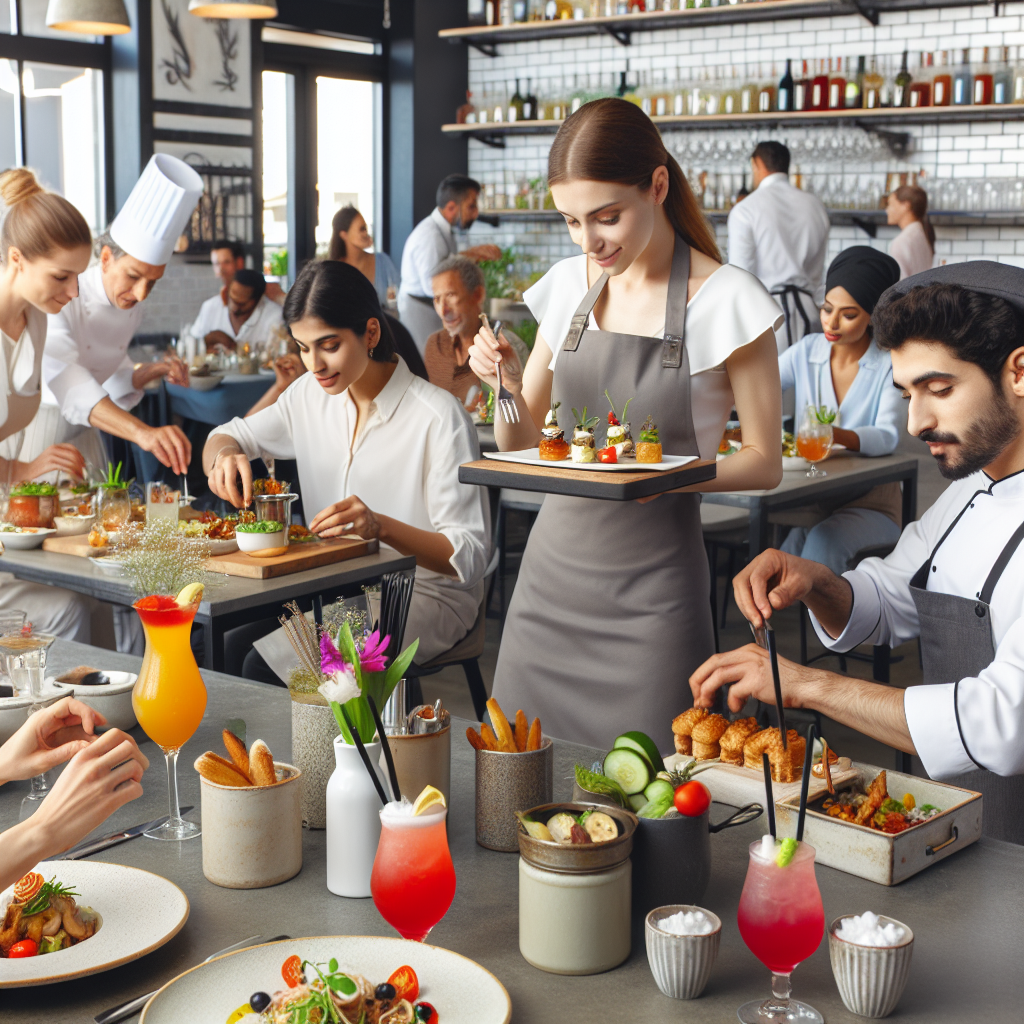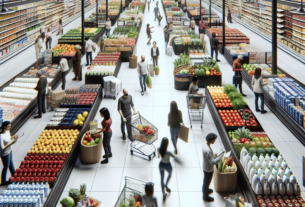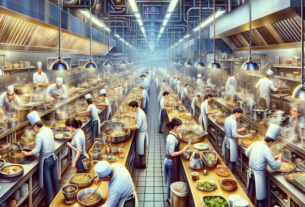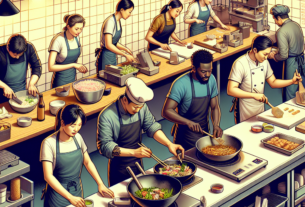The Influence of Loyalty Programs on Restaurant Sales
In the competitive landscape of the restaurant industry, loyalty programs have become a popular strategy for establishments to attract and retain customers. These programs offer rewards and incentives to encourage repeat visits and increase customer loyalty. In this report, we will explore how loyalty programs influence restaurant sales and the various ways in which they can impact a restaurant’s bottom line.
Financial Impact of Loyalty Programs
One of the primary ways in which loyalty programs influence restaurant sales is through increased revenue. According to a study conducted by the National Restaurant Association, restaurants that implement loyalty programs experience an average increase in sales of 5-10%. This boost in revenue can be attributed to several factors, including increased customer retention, higher average check size, and enhanced overall customer satisfaction.
Loyalty programs incentivize customers to visit the restaurant more frequently and spend more money during each visit. For example, a loyalty program that offers a free meal after a certain number of visits can encourage customers to dine at the restaurant more often in order to earn their reward. This increased frequency of visits leads to higher sales volume and ultimately contributes to the restaurant’s overall revenue growth.
Market Share and Customer Acquisition
In addition to increasing sales, loyalty programs can also help restaurants gain a competitive edge in the market and attract new customers. By offering unique rewards and incentives, restaurants can differentiate themselves from their competitors and appeal to a wider audience.
For example, a restaurant that offers a loyalty program with exclusive discounts or special promotions may attract customers who are looking for a good deal or value proposition. These new customers may become loyal patrons of the restaurant and contribute to its ongoing success.
Volume and Frequency of Visits
Loyalty programs have been shown to increase both the volume and frequency of customer visits to a restaurant. By offering rewards for repeat visits, restaurants can encourage customers to dine with them more often and become regulars.
For example, a coffee shop that offers a loyalty program with a free coffee after every 10 purchases may see an increase in the frequency of visits from customers who are eager to earn their free drink. This increased foot traffic not only boosts sales but also creates a sense of community and loyalty among customers.
Future Plans and Innovations
As the restaurant industry continues to evolve, loyalty programs are expected to play an increasingly important role in driving sales and customer loyalty. Many restaurants are exploring new ways to innovate their loyalty programs and offer unique rewards and incentives to attract and retain customers.
Some restaurants are incorporating technology into their loyalty programs, such as mobile apps and online ordering platforms, to make it easier for customers to participate and track their rewards. Others are partnering with third-party vendors and retailers to offer exclusive discounts and promotions to loyalty program members.
In conclusion, loyalty programs have a significant influence on restaurant sales and can help establishments increase revenue, gain market share, and drive customer loyalty. By implementing innovative loyalty programs and offering unique rewards and incentives, restaurants can differentiate themselves from their competitors and attract new customers. As the industry continues to evolve, loyalty programs will continue to play a crucial role in shaping the success of restaurants in the future.
For more information on the latest trends and innovations in the foodservice industry, visit CulinaryCoverage.com.



